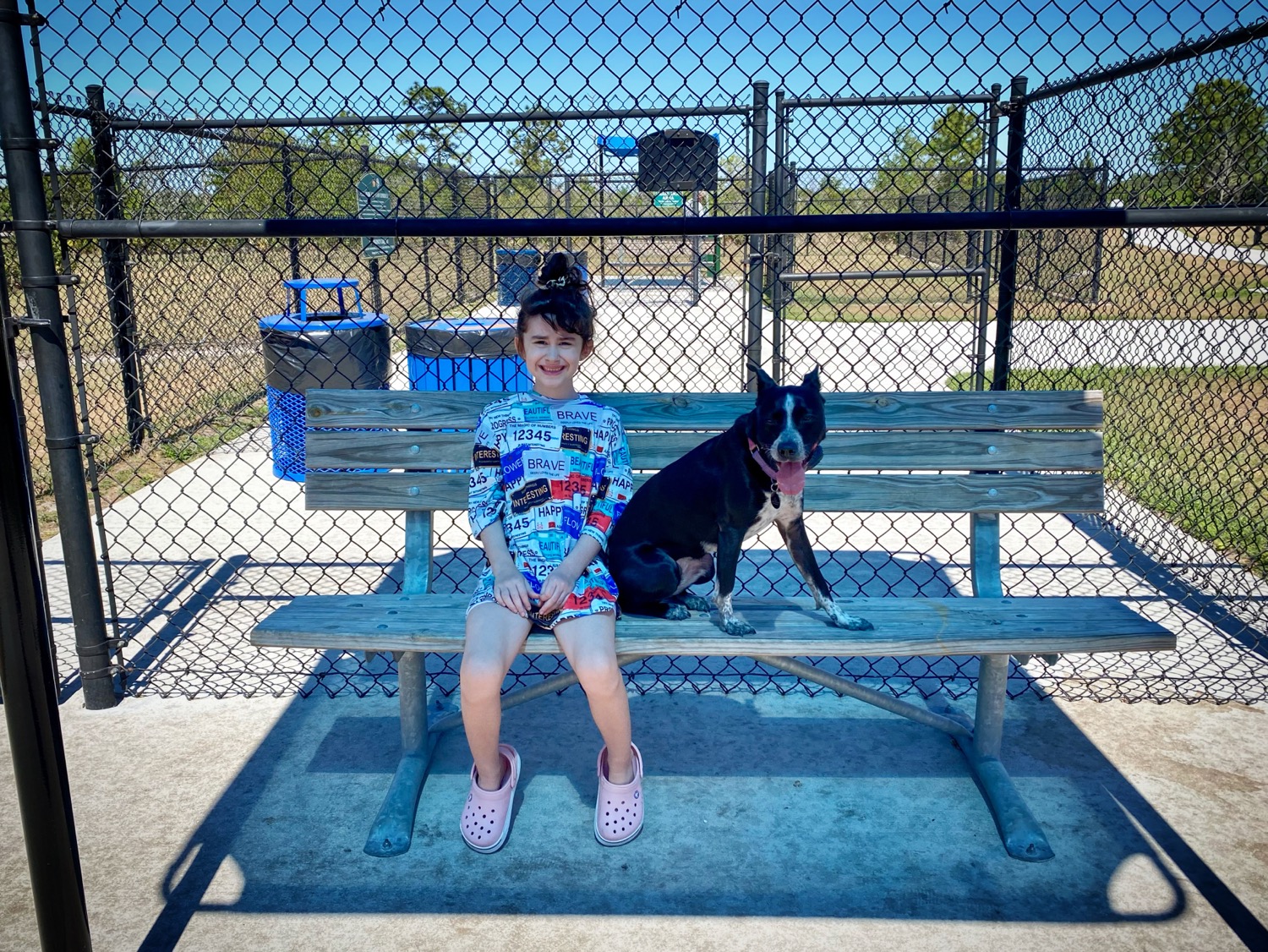The Joy of Learning: Making Dog Training Sessions Fun and Engaging
- Jason Parks
- Oct 24, 2023
- 3 min read
Introduction In the realm of dog training, the adage "all work and no play makes Jack a dull boy" holds remarkable validity. Making training sessions enjoyable isn't just about entertaining the dog; it's about tapping into their inherent nature, where play is a means of learning. By merging fun with training, dog training businesses have witnessed enhanced receptivity, better retention, and a stronger bond between dogs and their owners.
1. Understanding Canine Play Behavior
Innate Playfulness: Dogs are inherently playful animals. Their wild ancestors used play as a means of honing hunting skills, understanding social dynamics, and fostering group cohesion.
The Learning Aspect: Play isn't devoid of purpose. Through play, puppies learn boundaries, social cues, and even some basic commands.
2. Benefits of Making Training Enjoyable
Higher Engagement Levels: Dogs, especially puppies, have limited attention spans. Incorporating fun ensures they remain attentive and interested.
Reduces Training Stress: Dogs can sometimes feel pressured or stressed during rigorous training. Fun sessions act as a pressure relief valve.
Fosters a Positive Association: Associating training with play and enjoyment ensures dogs look forward to sessions rather than dreading them.
3. Strategies to Infuse Fun in Training
Use of Interactive Toys: Toys that challenge a dog's intellect or mimic prey behavior can be integrated into training routines.
Incorporate Games: Traditional games like fetch or tug-of-war can be used to teach commands like 'come', 'drop it', or 'stay'.
Variety is Key: Much like humans, dogs too can get bored with monotonous routines. Changing training games or techniques can keep things fresh.
4. The Role of Rewards in Fun Training
Instant Gratification: Immediate rewards, whether in the form of treats, praise, or play, can cement a dog's understanding of a job well done. Variable Reward Schedules: Occasionally changing the type or frequency of rewards can keep dogs more engaged, as the unpredictability adds an element of excitement.
5. Structuring a Fun Training Session
Warm-up with Play: Start sessions with a brief playtime to get the dog excited and engaged.
Short, Dynamic Sessions: Instead of long, drawn-out sessions, opt for shorter, dynamic ones interspersed with play breaks.
End on a High: Conclude the session with a game or a favorite treat, ensuring the dog always remembers training as a positive experience.
6. Monitoring and Adjusting Play Training
Reading Canine Cues: It's essential to understand when a dog is genuinely enjoying or just tolerating a game. Adjusting based on the dog's feedback is crucial.
Balancing Play and Discipline: While making sessions enjoyable is essential, maintaining a structure ensures dogs don't become overly rambunctious.
7. Addressing Potential Over-excitement
Setting Boundaries: Clearly demarcate playtime from serious training moments to prevent over-excitement from hampering the learning process.
Using Calm-Down Techniques: If a dog becomes too hyper, techniques like time-outs or calm, assertive energy can help refocus the session.
8. Personalized Fun Sessions
Understanding Dog Preferences: Not all dogs enjoy the same games. Personalizing sessions based on a dog's preferences can significantly enhance engagement levels.
Involving Family Members: Dogs often have distinct relationships with different family members. Incorporating them into training can add a fun dynamic.
9. Seeking Guidance from Dog Training Businesses
Professional Insight: Established dog training businesses can offer insights into crafting fun, engaging training sessions tailored to a dog's breed, age, and temperament.
Structured Play Training Programs: Some businesses offer programs specifically designed around the play-training methodology, offering a balanced blend of fun and discipline.
10. The Bigger Picture: Building a Bond
Strengthening Relationships: Training isn't just about commands; it's about building trust and understanding. Making sessions enjoyable fosters a deeper, more affectionate bond between the dog and the owner. A Lifelong Positive Attitude: Instilling a love for learning and training in a dog ensures they remain curious, engaged, and obedient throughout their lives.
Conclusion The world of dog training has evolved, recognizing that a dog's psyche isn't just about obedience but enjoyment too. Embracing a methodology that combines discipline with fun isn't just about faster or more efficient training; it's about recognizing the inherent playful nature of dogs and using it to foster a more profound, more enriching bond. With guidance from professional dog training businesses, owners can craft an engaging, enjoyable, and effective training journey for their canine companions.




Comments